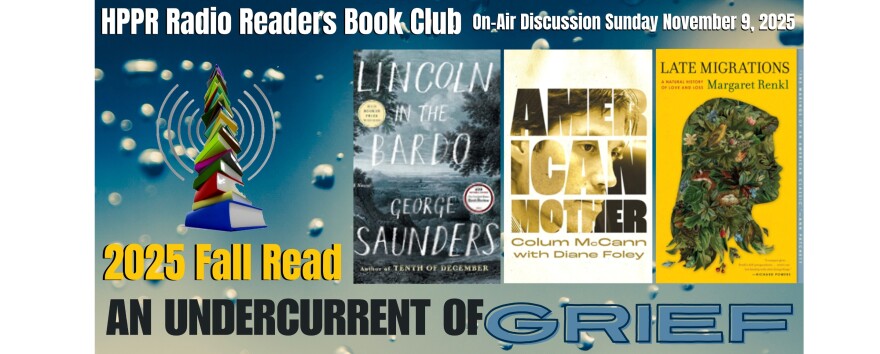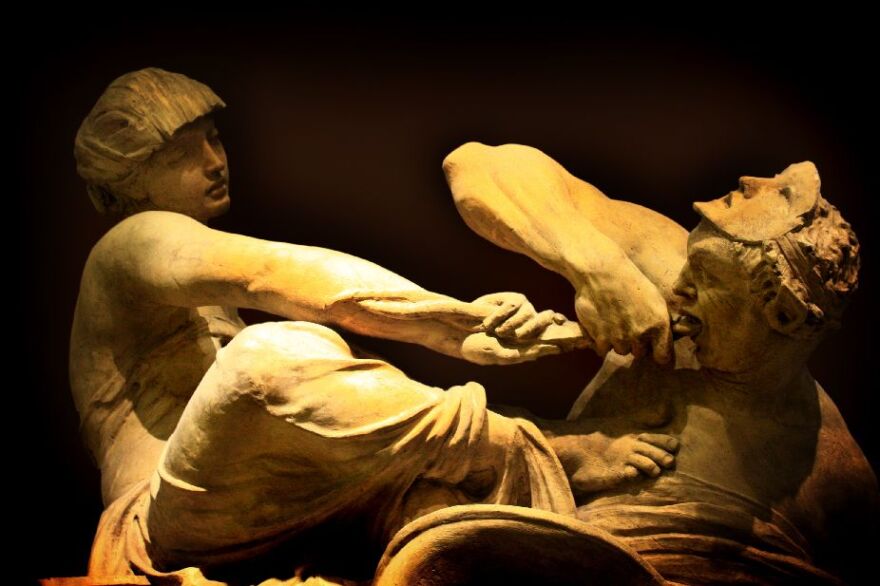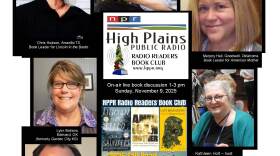The first time I read Sherwood Anderson’s WINESBURG, OHIO, was when I was in college at Fort Hays working on my master’s degree. I remember the book well for two reasons: (1) It reminds me of the life in a small town that I know, and (2) I’ve been thinking lately that some of the themes in the book are appropriate for us today.
I still remember several of the stories, though not all. Mostly, I remember “The Book of the Grotesque,” the first chapter. At that time, many years ago, I was interested in Anderson’s concept of what a Grotesque is, nothing like the definition I had in my head. I was also impressed with the way Anderson developed separate stories about his townspeople in order to illustrate his definition.
Now, as I read the book again, I see that WINESBURG, OHIO, is a “time in your life” book, a book you really understand after you’ve had a few life experiences.
Now, as I re-read “The Book of the Grotesque,” I identify with that old writer, lying in bed, facing the limitations of his body, imagining a procession of people he has known during his life, all passing before him, coming to an understanding about those people—about himself, then jumping up (no, he’s old, so..) slowly inching out of bed to write his thoughts about that understanding.
Now that I’ve had a few more life experiences, I better understand those WINESBURG, OHIO, stories, the grotesqueness of their characters—and my own grotesqueness.
Here’s Anderson’s definition of what he calls the Grotesque, almost biblical in its strong prose: “…in the beginning when the world was young, there were a great many thoughts but no such thing as a truth. Man made the truths himself, and each truth was a composite of a great many vague thoughts. All about the world were the truths and they were beautiful….There was the truth of virginity and the truth of passion, the truth of wealth and of poverty….And then people came along. Each as he appeared snatched up one of the truths and some who were quite strong snatched up a dozen of them. It was the truth that made the people grotesques.... the moment one of the people took one of the truths to himself, called it his truth, and tried to live his life by it, he became a grotesque and the truth he embraced became a falsehood.”
It’s that definition that has been coming to me lately, as I watch our country becoming more and more divided, moving from a nice neutral shade of gray into ridged blacks and whites. When I listen to people talk about what they believe—no, perhaps what they know, that’s when I’m reminded of Anderson’s first chapter.
For example, some of us know that so-and-so is an evil person and we should hate her, not because we really know much about her, but probably mostly because of biased news stories or incorrect Facebook posts, we know her name. And that name has been labeled as bad, so when we hear it, we have “our truth” imbedded in our brains, and we speak that name with distaste.
For example, when an issue comes up for a new bill or a new project, we are ready with our preconceived “truth” so that we can be strongly for or against that bill or project.
For example, when a new person comes to town, our embedded “truth” tells us whether that person is someone we should welcome or someone we should shun.
All it takes, really, is a trigger: a name, a political party, a plan.
Bam! Our preconceived “truth” takes over. We don’t have to research unbiased websites; we don’t have to think, to examine, to have a conversation. We already know.
It’s easy. But I wonder what it’s doing to our country.
This is Lynne Hewes in Cimarron, rereading WINESBURG, OHIO, and examining my own truths.










